By Pete Vack
With the announcement of a new “Formula Junior” class in 1958, there was a remarkable flowering of individual designs to populate the grids of the new formula. Race car constructors from America, Italy, England, Germany and France grabbed whatever engine was close to 1100c–BMCs, Fiats, Fords, Renaults–and served them up in a bewildering variety of concoctions. Among the fastest, and certainly the loudest, are the ten or eleven cars built by Angelo Dagrada of Milan.
Born in 1912, Dagrada earned a living as a mechanic, and built several race cars for the Italian 750 and 1100 cc races so popular after WWII. Building a reputation as a speed wizard, Dagrada improved upon the Fiat 1100-Siata head and combustion chambers. His cars achieved some significant wins, but a series of road accidents in the early 1950’s put further race car activities on hold. But by 1955, Dagrada was once again in the speed business, this time with Alfas.
Dagrada customers included the Baghetti family, owners of a successful foundry in Milan. To his delight, a teenage Giancarlo Baghetti was very interested in becoming a race driver. Baghetti’s first car was “unsuitable for racing”, and a secret arrangement with Dagrada ensured that the young Baghetti would have a faster car. “I remember Dagrada modified my father’s Alfa 1900 sedan at night, when my father was not around,” Baghetti told this author in a 1988 interview. “My father did not want a race car, just a nice family sedan. But when he picked up the Alfa the next day, he couldn’t figure out why it ran so much faster.”
While Baghetti cut his teeth on Alfas and Abarths in local events, Dagrada was dreaming of a special car to compete in the new Formula Junior. Chassis design, pre-Chapman, was simple, primitive, and not always effective–a tubular frame with Fiat 1100 front suspension and whatever live axle fit at the rear. Dagrada, always an engine man, would do it his way. While virtually every other Italian Formula Junior constructor chose the Fiat unit, Dagrada took a good look at the 1098cc Lancia Appia engine. Featuring a sturdy 10-degree V-4 cylinder cast-iron block, the Appia was the right displacement, readily available and relatively light.
However, it suffered with an intricate aluminum head that stymied any attempt to make it a breather. Dagrada’s modifications to the Lancia head were diabolic. He virtually re-designed the head, creating new intake and exhaust ports. The Appia suddenly became a fire-breathing cross flow head. Hanging a
Weber 38 DCO from each side of the block, he then tuned the exhausts for maximum effect, capable of eardrum-busting decibels, unevenly pulsating from two megaphone exhaust pipes (although some used a combined system). This recipe just about doubled the horsepower from 48 bhp to somewhere around 100 bhp. Dagrada then graced this with an aluminum body reminiscent of the 250F Maserati.
By 1960, young Baghetti was eager to race in the new Formula Junior, and bought a Dagrada from his old friend. Entering a series of training races, he won the first time out on March 27th at Monza, and placed well in three other events, winning the Vigorelli Trophy races on April 25th. In the spring of 1961, Baghetti’s chief mechanic pulled him aside and told him that “Mr. Ferrari wants to speak to you.” “I thought he was joking, but it was true,” said Baghetti. The rest is history.
So was the Dagrada, which, like so many others, was made obsolete by the British rear-engine revolution. One of the Dagradas, chassis number 9, was imported by Marty Biener in Great Neck Long Island. The new owner drove it in a few races, and parked it, eventually selling it in 1980 to Armand Giglio, an American Lancia enthusiast. In 1988, Giglio persuaded the retired Baghetti to drive the car at the Pittsburgh Vintage races. Despite a misfire, Baghetti finished in front of the rest of the front-engined Juniors. “It’s an old car,” said Baghetti, “but I was very happy to race it again.”
The Giglio Dagrada was later sold to current owner James Steerman.
Sources
Ritornare Giancarlo, November 1988 Sports Car Illustrated, by Pete Vack
La Sport e I suoi artigiani, 1937-1965 (Available at VelocePress)
Track Report: Wainer, Dagrada and Volpini, Sports Cars Illustrated, September 1960

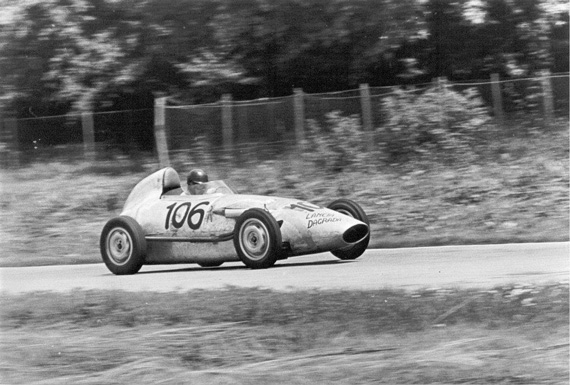
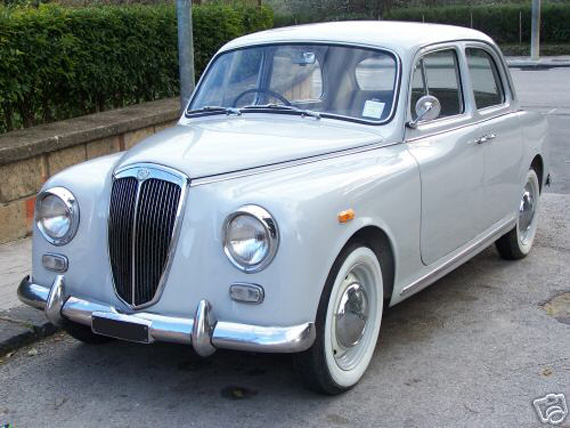
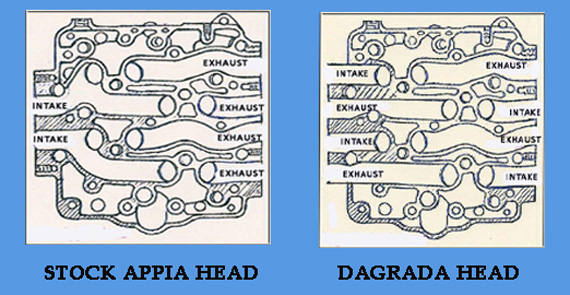
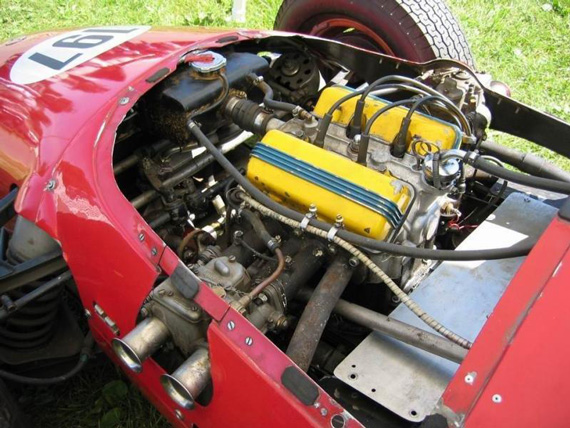
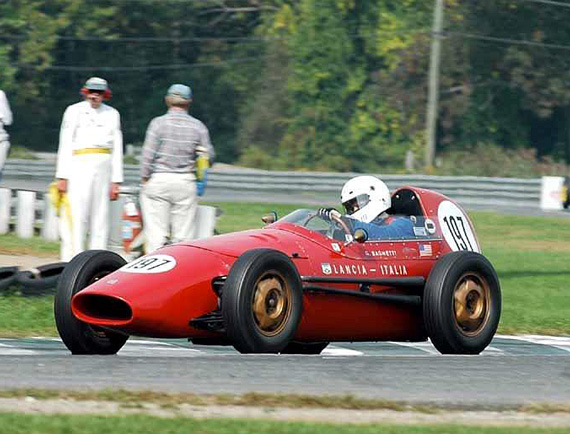
An old friend of mine,Iggy Franciamore,who was a BMW dealer in the Bronx,raced a Dagrada at the Lime Rock Vintage Fall Festival for several years.I remember the sound,but it seemed rather slower than other Formula Juniors of the period.
About 1960 when I was in my late teens in Colorado Springs, a neighbor up the road from me named John Max Wolf would be in his car port working on his formula junior. It was a Lancia Dagrada. I had a good time watching him work. He raced often at the late Continental Divide Raceways competing against two other Lancia Dagradas an Isis Fiat and an Elva DKW. Those were the days.
Hello Peter. Currently I am researching the histories of the Dagrada Formula Junior. There were at least ten cars constructed with chassis oo4 to 009 going to the USA, and a tenth car 010?, to Mexico. It’s quite possible at least eleven cars were constructed.
I would appreciate if you could put me in contact with Michael and Peter. They may be able to help me with information to help in unravelling the identities and chassis numbers of the Franciamore and Wolf Dagradas. nigel@belleza.co.nz
Peter–
Francimore never raced a Dagrada at Lime Rock. You are thinking of our car (009), which was raced by Armand Giglio. Francimore is also a good friend, great guy — he raced several Lancias, including an early B20 set up to match the factory race cars of the early 1950s, I also remember him running a B24 in some events.
The car you remember is chassis 009, and in fact is it NOT slower than other FJ cars of the period. In the period you saw it, Armand was really just demonstrating the car. If you saw him in the 1960s in his earlier Dagrada, you would have seen an entirely different scene.
As supporting evidence, an example of what happens when you blast this car around Monaco at an appropriate age (32). Link: http://www.youtube.com/watch?v=0Zr5eIEJ5Kc
And I am DEFINITELY not a racing driver. But as you can see the Dagrada is definitely not slower than other front-engined formula juniors of the time. To me it actually seemed rather faster — and we had a completely original (never restored car), vs. a field of completely re-engineered and restored cars.